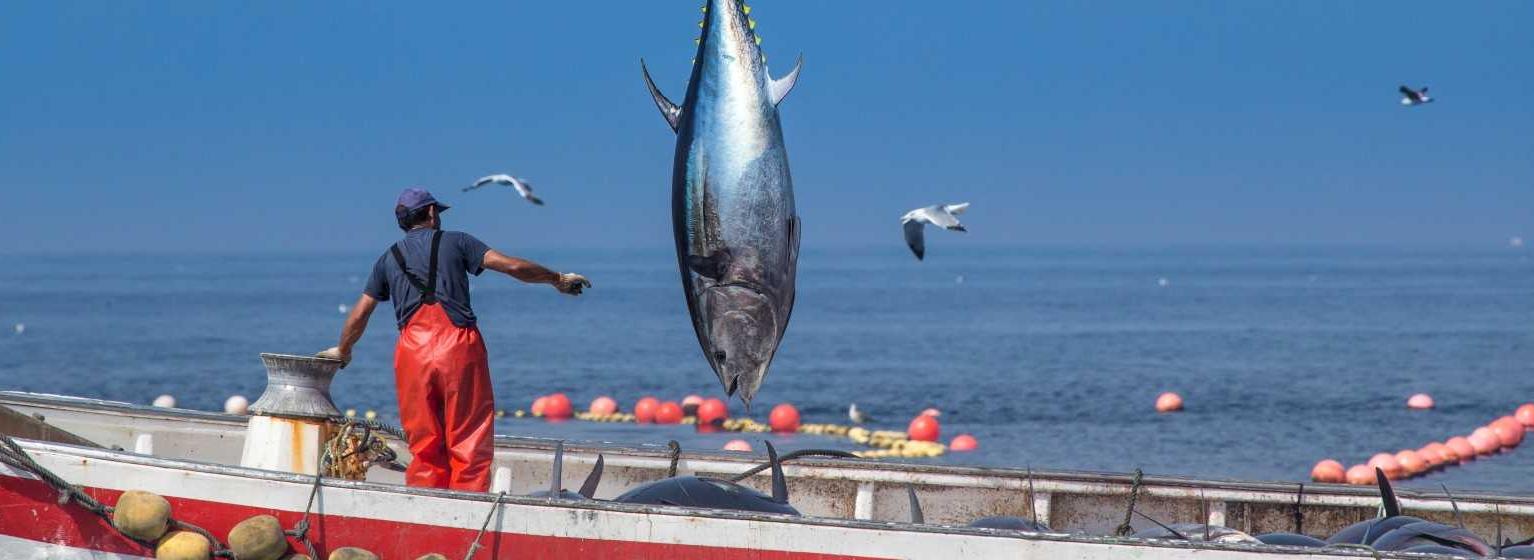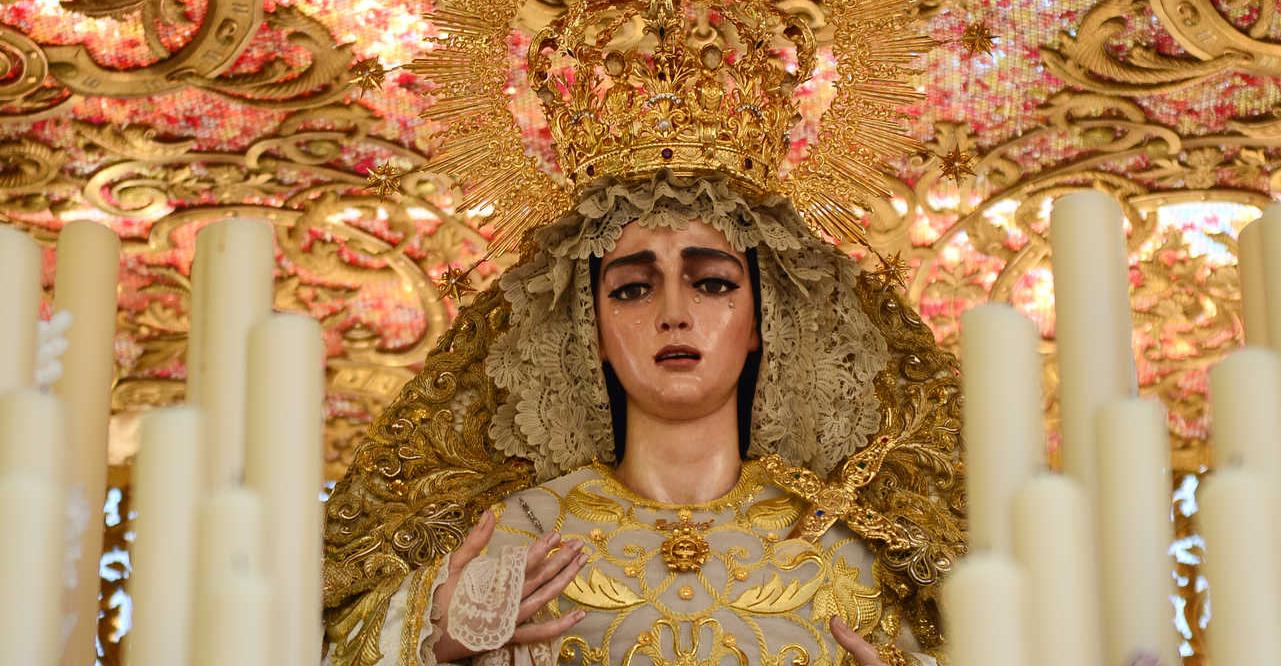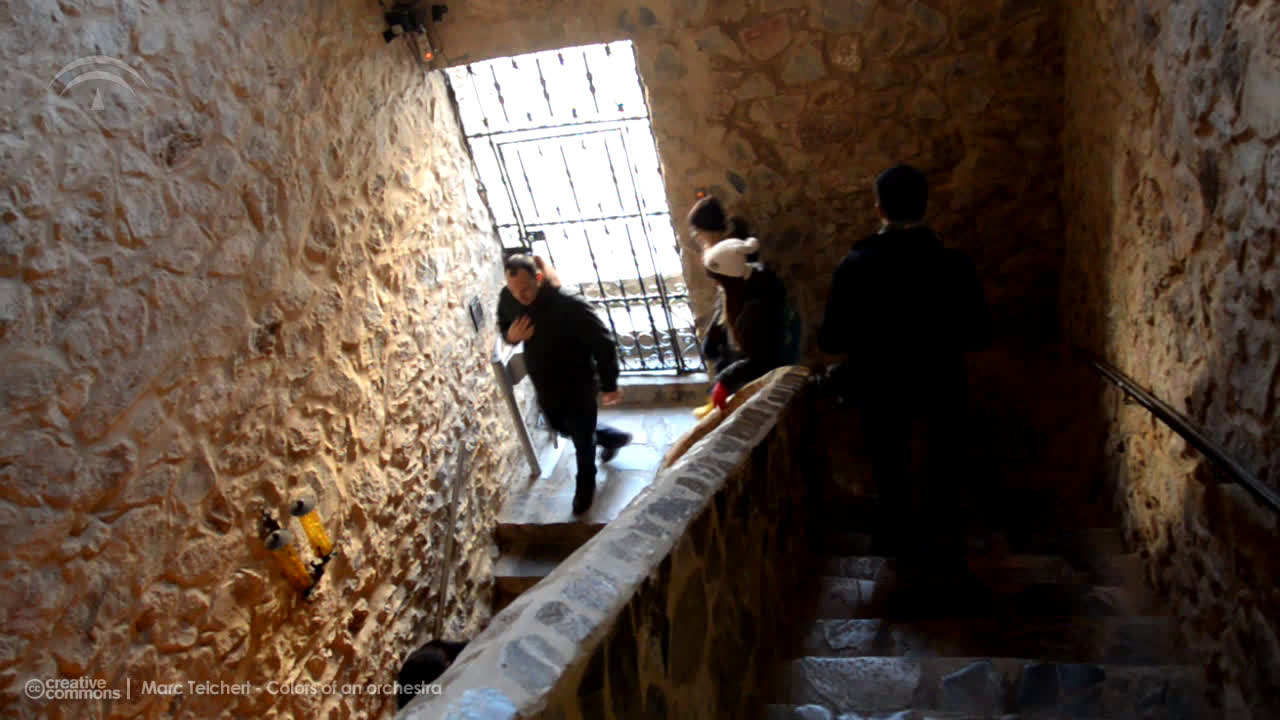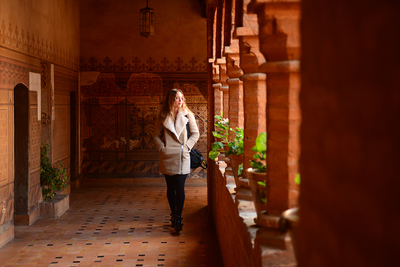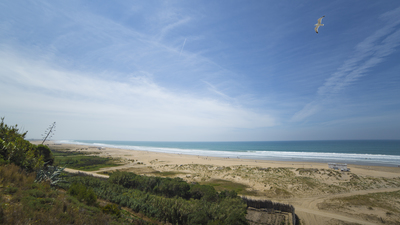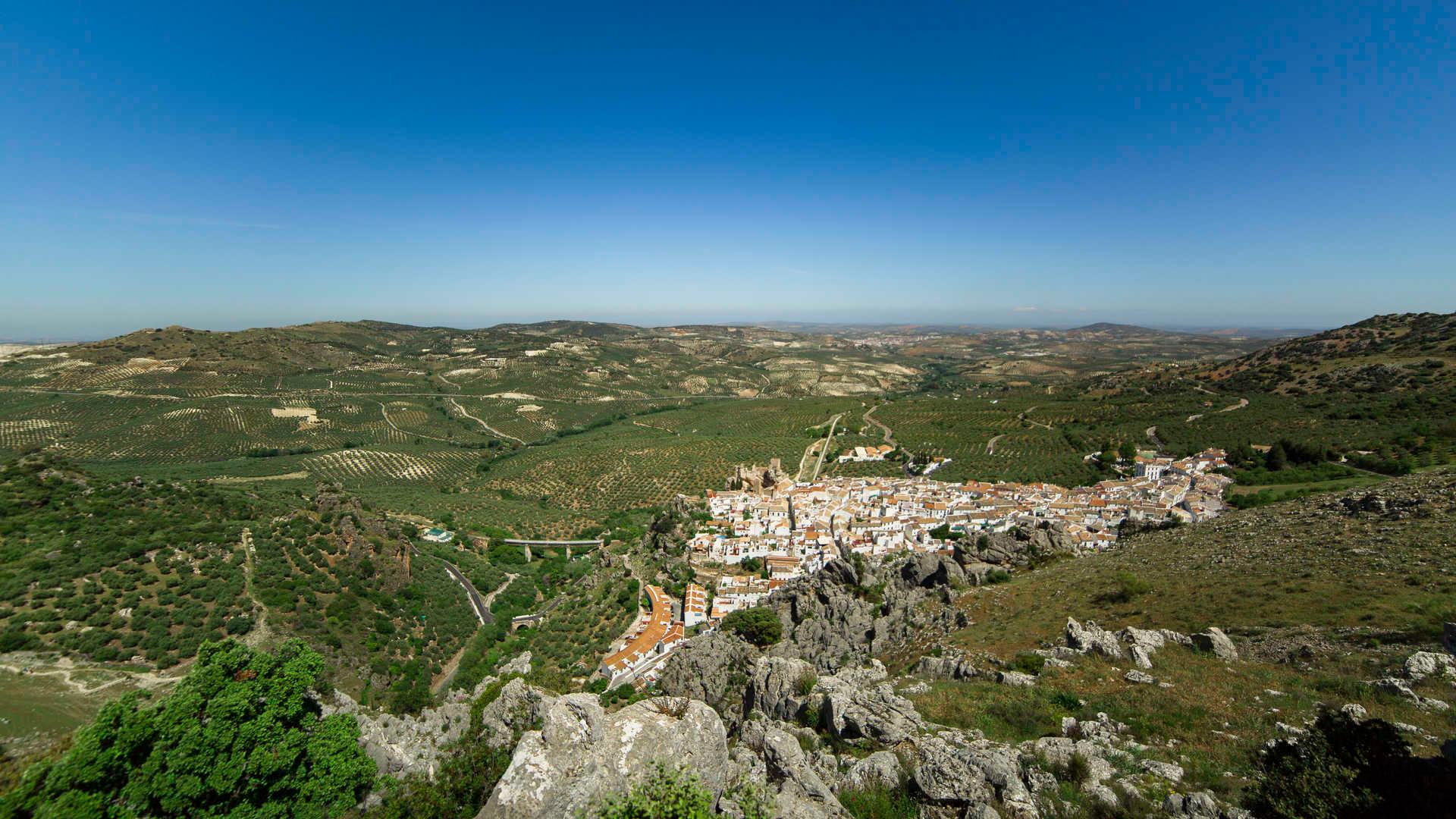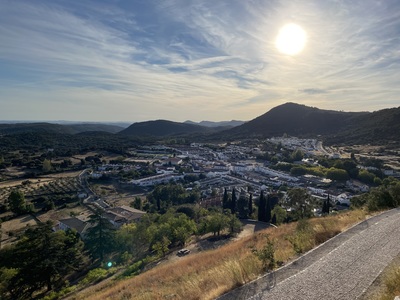The acorn pastures: 'montanera', drying sheds and cellars
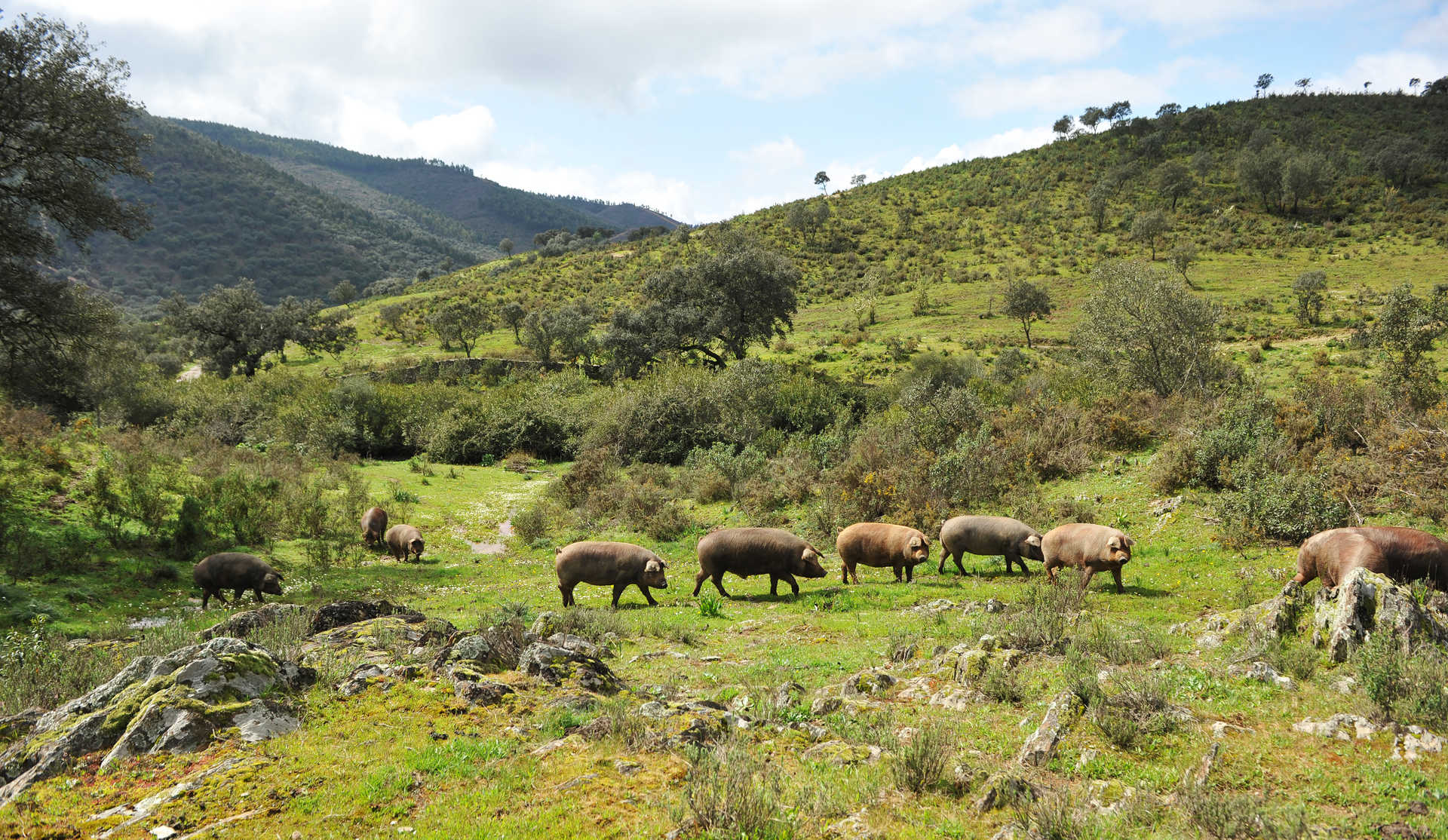
Between October and March, the pasture lands of Sierra Morena, from Aracena to Los Pedroches, are littered with thousands of succulent acorns. Sheep and pigs feast on these acorns as they roam freely in the pasture lands, and this results in delicious Iberian ham, cheese and sausage.
The pasture lands, an undulating sea of green dotted with cork oaks, holm oaks and gall oaks, is a natural paradise, where human work and natural resources combine to create one of the best preserved habitats in Europe. And it's here, in this vast landscape, where you can see the herds of Iberian pigs grazing as they please, fattening up in the last and most productive phase of their breeding: the "montanera".
The flavour of ham, which is popular all over the world, begins to take shape at that moment, as the Iberian pigs roam freely throughout the pastures. Did you know that each pig needs approximately one hectare of pasture? Their walks, as well as a diet based on the acorns that fall from the holm oaks, are the key to that unique flavour.
But a complex process is required if you want Iberian ham to be considered a five-star product: curing and maturing, which is carried out in natural drying rooms and cellars. It is a slow and careful process, patient and full of knowhow, like almost everything that is worthwhile in this life, and it can last up to 36 months. Salting, washing, post-salting, drying, maturing and ageing and curing are the phases that the ham will have to go through before ending up on the best plate of all: your own!
The result is a product that is a hallmark of our land throughout the world, which has been recognised by two Protected Designations of Origin: "Jabugo" (Huelva) and "Los Pedroches" (Cordoba); and two Protected Geographical Indications: "Jamón de Serón" (Almería) and "Jamón de Trevélez" (Granada).
It's a pleasant experience to get to know this complex and slow process, deeply rooted in our secular tradition, to walk through the meadows, discover how humans have transformed the landscape in harmony with nature, talk to the farmers in the area or visit one of the places where the hams are aged. Gastro-tourism routes, such as Jabugo, or the gastro-tourism facilities in Los Pedroches, Serón and Trevélez, help visitors discover the world of Iberian and white pigs: either by seeing them in their natural habitat, participating in a tasting session or tasting it at the table.
Gastro-tourism in Jabugo
The experiences offered by the Jabugo Route revolve around the 31 municipalities in the area that make products under the Jabugo Protected Designation of Origin (PDO). All of these are within the Sierra de Aracena and Picos de Aroche Nature Reserve, in the province of Huelva, and whose pasture lands have been declared a Biosphere Reserve by UNESCO.
You can learn to carve ham, which is really difficult and should be considered an art form, enjoy a sensory tasting session or walk the corridors of a natural drying shed made out of wood and Arabic tiles, surrounded by a forest of hams and shoulders prepared in the traditional way. The Aracena Ham Museum takes you to a whole gastronomic universe, but don't forget that each and every one of the towns in this mountain range has a magical touch. Impossible to resist!


